White carrots: description, varieties, cultivation and benefits
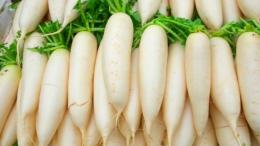
The modern carrot is a vegetable plant with a sweet, edible root that is considered a fruit in some countries, such as Peru. Today's selection offers many table varieties of carrots. White is no longer uncommon among them. carrot.
Content:
- Description of the variety
- Features of white carrots
- How to grow white carrots
- Useful properties of carrots
Description of the variety
All cultivated varieties of carrots belong to the subspecies carrots. Through selection, it was bred from the wild carrot species, which belongs to the genus Carrot from the Apiaceae family. The plant has been known for more than four thousand years, although it was first grown for its spicy seeds and herbs. The stem has branches at the top. Its height varies from 25 to 100 cm. The plant is biennial, the flowers are collected in umbrella inflorescences, they appear in the second year. Flowering time is June - July.
The wild carrot root vegetable does not have a sweet taste or a juicy crunchy texture. It is bitter, rough and dry. Color white, white-gray or cream. It must be said that until the 16th century, only white or light cream carrots were used for food. This is exactly the kind of carrot that the inhabitants of ancient and medieval Greece and Rome ate.
It appeared in these countries from Pakistan and Afghanistan, where it was widely grown for consumption of terrestrial parts or grew wild. The appearance of orange varieties is associated with natural mutations.And, according to historians, with the patriotic feelings of Dutch breeders. At the beginning of the 17th century, orange carrot, which corresponded to the heraldic colors of the ruling dynasty of the Netherlands and is associated with the devotion of the subjects to the stadtholder - revolutionary William of Orange.
Features of white carrots
For a long time, white varieties of carrots retained a slight bitterness, like their wild ancestor. They were used mainly as fodder root crops. Subsequently, varieties and hybrids were obtained that were devoid of bitter taste. A good variety of white carrots have smooth, juicy roots. Its leaves are petiolate and strongly dissected, pinnate. The white color is due to the low content or complete absence of pigment substances.
The table hybrid of white carrots, Waite satin (white satin), is considered the best in taste. The hybrid's root crops are smooth, with light creamy, juicy pulp and a pleasant, non-bitter taste. The shape is cylindrical, the tip is narrowed, sharp. The average length is 25 - 30 cm, weight is about 100 g, the growing season from seed germination to harvest is 100 days.
Another variety, Lunar wite (lunar white), is also quite good; its root crops are medium-sized, thin, up to 20 cm long. They are distinguished by their tenderness, juiciness and sweet taste. Hybrid F1 "White Sugar" has snow-white juicy root vegetables about 20 cm long, they are completely devoid of bitterness and have a light, unobtrusive, slightly sweet taste.
Even though they are white varieties do not contain beneficial pigments, they taste great and are indispensable in the diet of people prone to allergic reactions to orange and red plant pigments. A special feature of white carrots is also their thin and delicate skin. Young carrots are easy to wash.
How to grow white carrots
Site selection and soil preparation
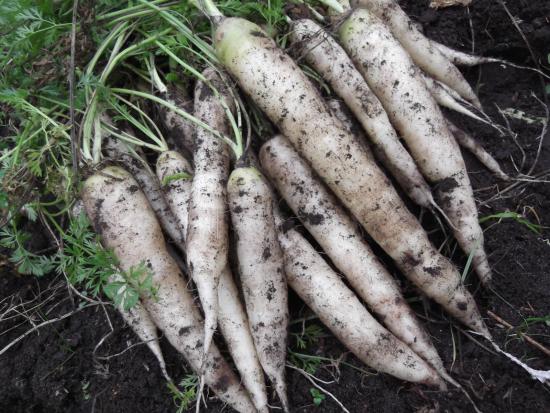
Carrots grow well in light, water- and breathable soils with a slightly acidic or neutral reaction. It is advisable that before this the following grow in the chosen place:
- cabbage
- onion
- tomatoes
- cucumbers
The worst predecessors for carrots are parsley and dill. The bed is dug to the depth of a shovel with the obligatory application of well-rotted manure in the amount of 5 kg per 1 sq. m. m. You can also add 30 - 40 g of nitrogen, potassium and phosphorus fertilizers.
Sowing carrots
For winter storage, carrots are sown in April-May; for summer use, sowing is done at the end of October. Furrows are made in the garden bed about 20 mm deep. The distance between the grooves is 30 cm. To distribute the seeds evenly, they can be mixed with sand.
Video about proper planting of carrots:
One teaspoon of seeds is enough for a glass of sand. When sown in spring, carrots germinate on days 18-20; they are slow-germinating crops. Pre-soaking the seeds in water for a day will help speed up germination.
Care
It is better not to water the bed before the seeds germinate, so that a hard crust does not form. A special feature of caring for white carrots is not only double thinning, but also regular hilling of plantings. After the second thinning, about 5 cm should remain between the plants. Timely hilling will prevent the appearance of green color in the upper part of the root crop. Other features when growing white carrots No.
Useful properties of carrots
The benefit of white carrot tops lies in the high content of vitamin C. The chlorophyll of the tops cleanses the blood. The content of potassium and vitamin K affects the functioning of the heart, the condition of blood vessels and blood.Vitamin K regulates blood clotting and helps with bleeding. Tea from the tops relieves swelling and has a mild diuretic effect.
White root vegetables contain almost no vitamin A and beta-carotenes. On the one hand, this is a disadvantage, on the other, it is an advantage. White carrots can be included in the diet of allergy sufferers. The content of vitamins E, K, H, and group B makes white carrots indispensable in human nutrition. Salts of potassium, zinc, magnesium, phosphorus, selenium regulate metabolic processes,
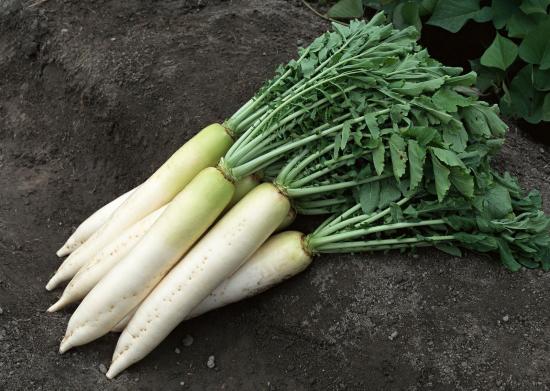
Low calorie content and the presence of dietary fiber make white carrots indispensable in any diet. White carrots regulate the functioning of the gastrointestinal tract. When boiled, it has a beneficial effect on the functioning of the liver and kidneys. When consumed in moderation, carrots and white root vegetables have virtually no contraindications. White carrots, sown even for the sake of curiosity, it can become a pleasant addition to the assortment of this crop for a gardener.

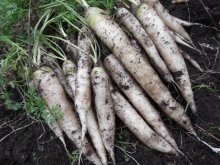
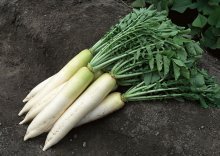
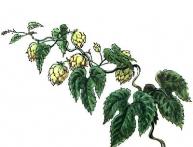
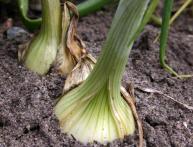


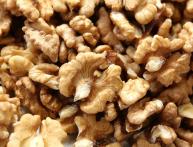
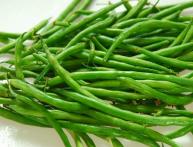
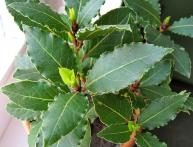

Comments
More than once I have seen bags of white carrot and white radish seeds on sale. Of course, it looks unusual, but it’s unclear what the point is other than exoticism. After all, colored vegetables have more benefits than white ones!
I often saw carrots like this on sale, and once even tried them. Its taste is quite acceptable, it can be used as a source of vitamins and plant fiber, but the lack of beta-carotenes is not encouraging.
I ate white carrots when I was breastfeeding my daughter. From the usual she had rashes. Therefore, it is an excellent and healthy vegetable for allergy sufferers. It can be introduced to children as a first complementary food.